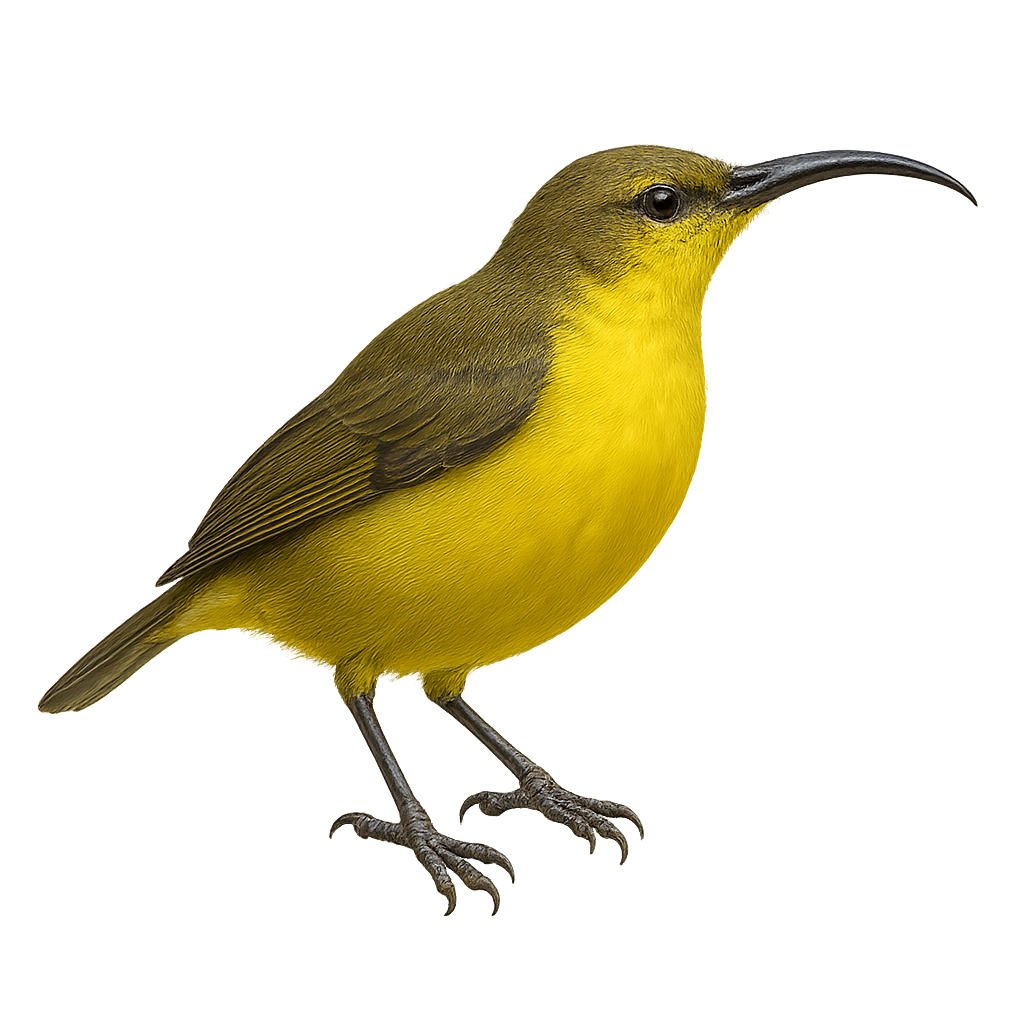Your wildlife photography guide.
Explore the yellow-bellied sunbird-asity in detail, study its behavior, prepare your shots.
Where to observe and photograph the yellow-bellied sunbird-asity in the wild
Learn where and when to spot the yellow-bellied sunbird-asity in the wild, how to identify the species based on distinctive features, and what natural environments it inhabits. The WildlifePhotographer app offers tailored photography tips that reflect the yellow-bellied sunbird-asity’s behavior, helping you capture better wildlife images. Explore the full species profile for key information including description, habitat, active periods, and approach techniques.
Yellow-bellied Sunbird-Asity
Scientific name: Neodrepanis hypoxantha

IUCN Status: Vulnerable
Family: VANGIDAE
Group: Birds
Sensitivity to human approach: Suspicious
Minimum approach distance: 10 m
Courtship display: November to December
Incubation: 13-15 jours
Hatchings: November to January
Habitat:
rainforests, montane forests
Activity period :
Primarily active during the day, with peak activity in the morning and late afternoon.
Identification and description:
The Yellow-bellied Sunbird-Asity, or Neodrepanis hypoxantha, is a small bird endemic to Madagascar, admired for its striking plumage. It features a bright yellow belly contrasting with an olive-green back and a black head. This passerine primarily inhabits montane rainforests, feeding on nectar and insects. Its curved beak is perfectly adapted for extracting nectar from flowers. Though discreet, it plays a vital role in the pollination of local plants. Unfortunately, deforestation threatens its natural habitat, leading to a decline in its population. Conservation efforts are crucial to ensure its long-term survival.
Recommended lens:
400 mm – adjust based on distance, desired framing (portrait or habitat), and approach conditions.
Photography tips:
To photograph the Yellow-bellied Sunbird-Asity, focus on Madagascar's rainforests. Use a 400mm lens or longer to capture precise details without disturbing the bird. Natural morning or afternoon light is ideal to highlight its vibrant plumage. Be patient and discreet, as this bird is suspicious. A tripod can be helpful to stabilize your camera during extended shoots.
The WildlifePhotographer App is coming soon!
Be the first to explore the best nature spots, track rutting seasons, log your observations, and observe more wildlife.
Already 1 430 wildlife lovers subscribed worldwide

